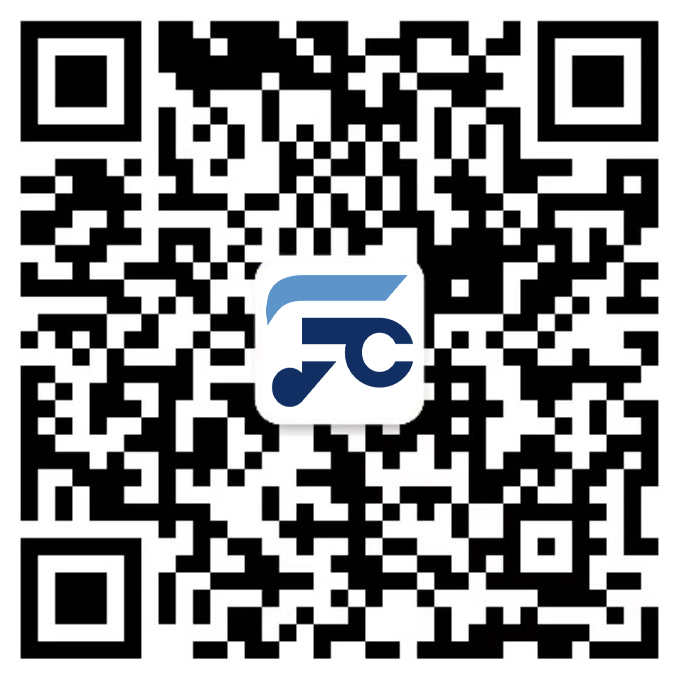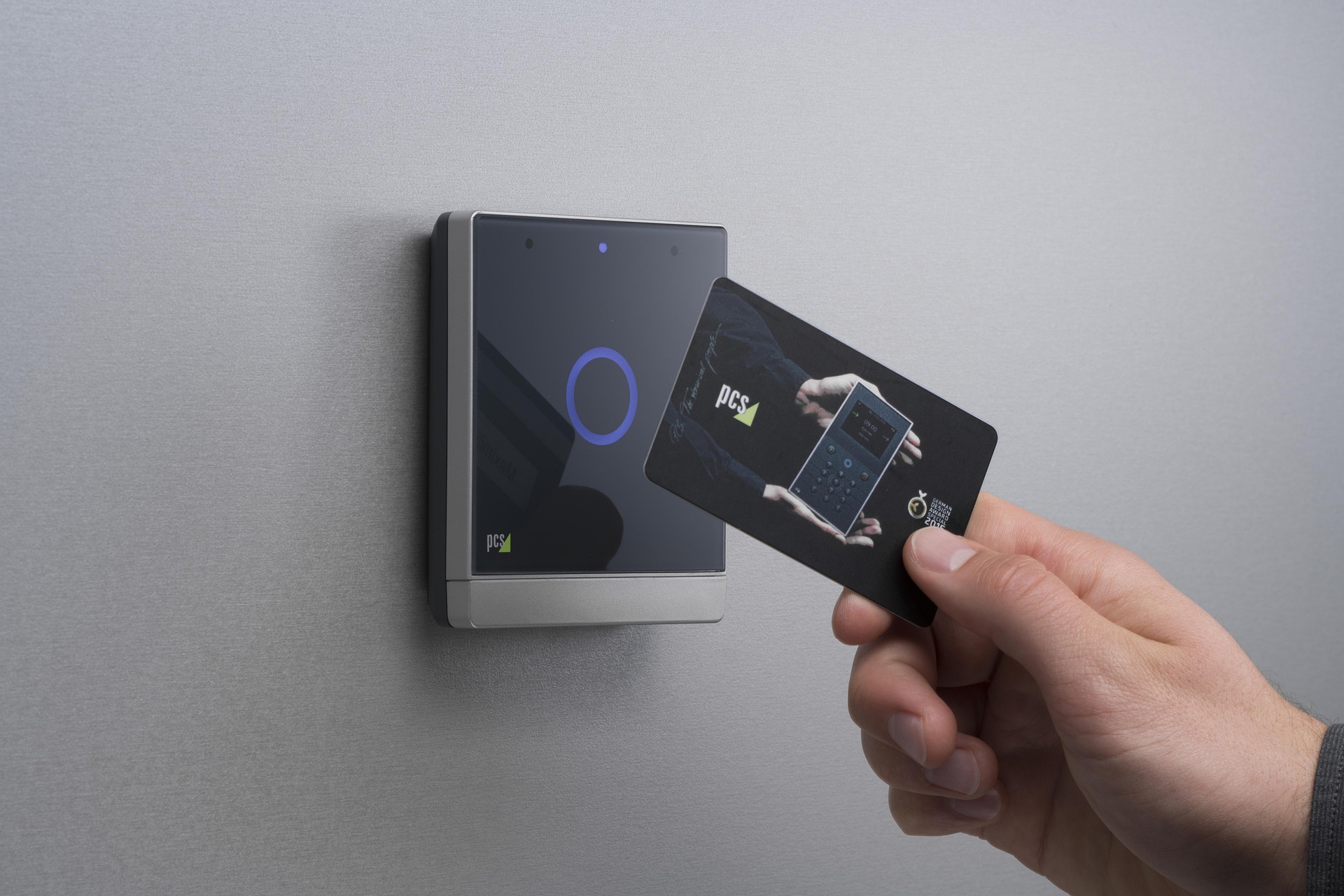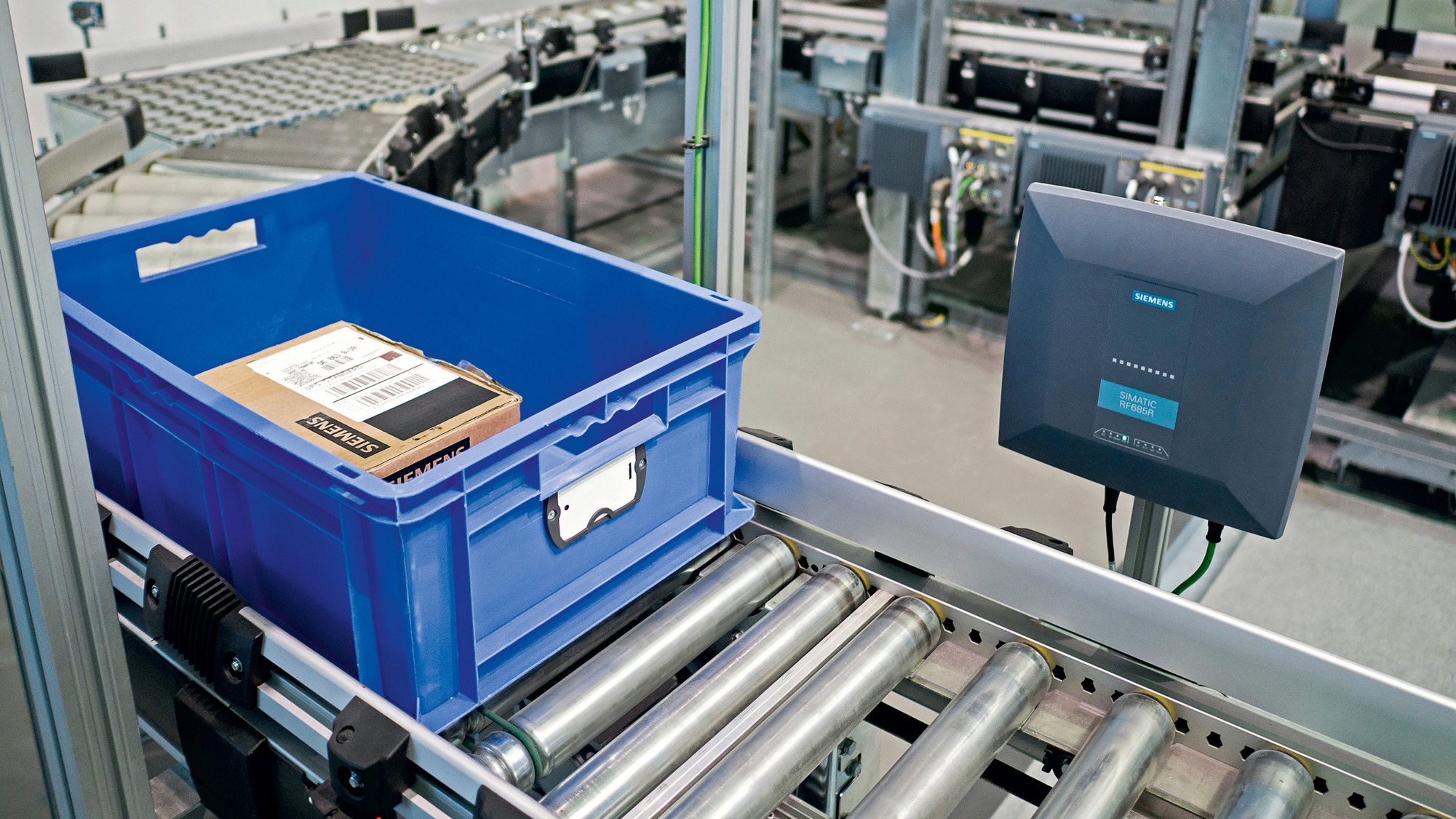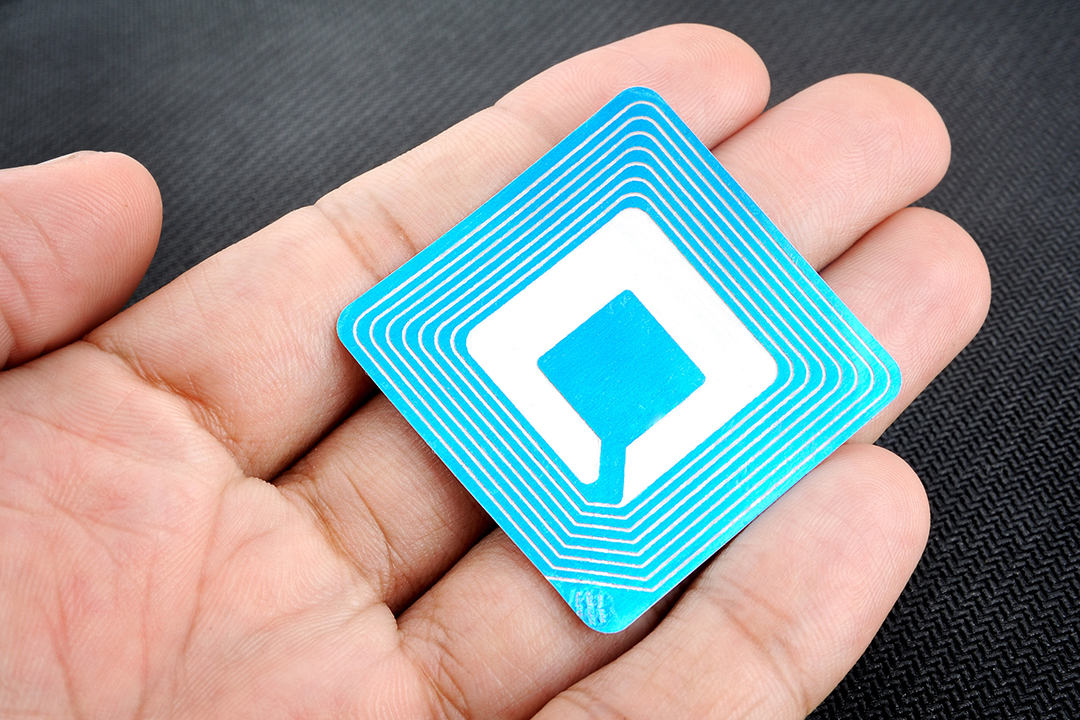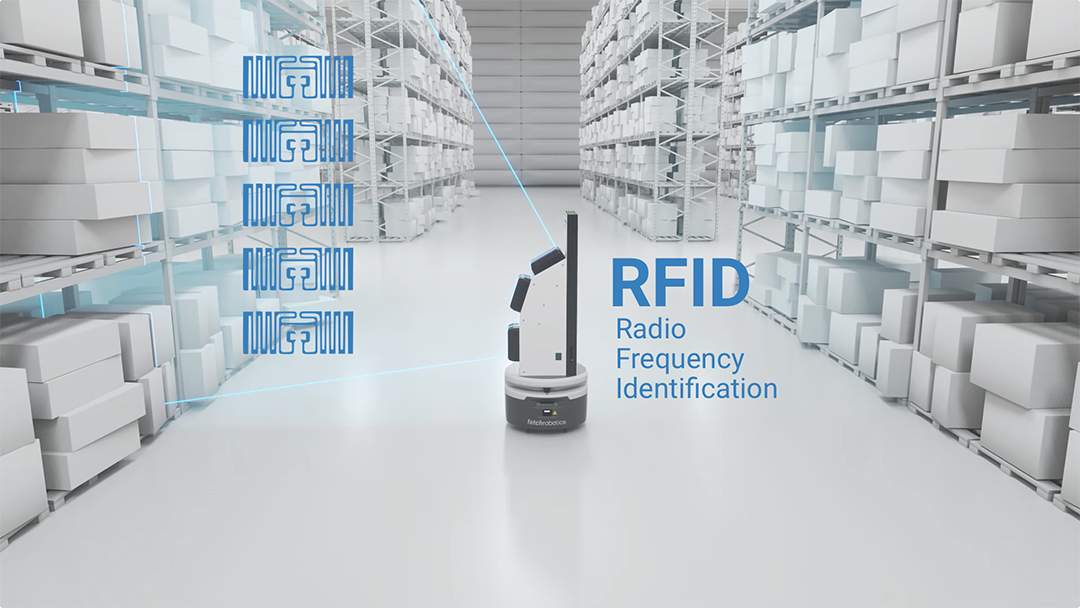Analysis of the characteristics of RFID technology in each frequency band
Radio Frequency identification (radio Frequency identifICation, hereinafter referred to as RFID) is a method of storing data on an electronic data carrier (such as an integrated circuit), and wirelessly performing transponder/tag (Transponder/Tag) and interrogator/ Two-way communication between readers (Interrogator/Reader), so as to achieve the purpose of identification and exchange data emerging technology. This technology can realize multi-target recognition and moving target recognition; it has anti-harsh environment, high accuracy, safety, flexibility and Scalability and many other advantages; it is convenient to realize item tracking and logistics management through the Internet, so it has received extensive attention. Therefore, RFID is recognized as one of the 10 most promising technologies in this century.
In fact, RFID systems have existed and developed for decades. From the perspective of power supply status, they can be divided into two categories: “active” and “passive”. From the perspective of operating frequency, they can be divided into low frequency (125KHz~135KHz), High frequency (13.56MHz), UHF, microwave (2.45GHz, 5.8GHz) and other categories. The hardware price difference of different RFID systems is huge, and the characteristics of the system itself are also different, and the maturity of the system is also different. There are many questions that even people in the industry cannot easily give a clear answer, so users often feel at a loss when choosing RFID technology. Combining my own development and application experience, and referring to relevant application materials and technical data, the author tries to give readers a more comprehensive and objective understanding through this article, hoping to provide users with information when choosing a suitable frequency radio frequency identification system. some help.
1. Brief description of RFID technical characteristics in different frequency bands
1.1, Low Frequency (Low Frequency):
The frequency range used is 1 0 K Hz ~ 1 M Hz, and the common main specifications are 125KHz, 135KHz, etc. Generally, the electronic tags in this frequency band are passive, and energy supply and data transmission are carried out through inductive coupling. The biggest advantage of low frequency is that the tag is less affected when the tag is close to metal or liquid objects. At the same time, the low frequency system is very mature and the price of the reading and writing equipment is low. But the disadvantages are the short reading distance, the inability to read multiple tags at the same time (anti-collision), and the low amount of information. The general storage capacity is 128 to 512 bits. Mainly used in access control systems, animal chips, car alarms and toys. Although the low-frequency system is mature and the read-write equipment is cheap, due to its low resonant frequency, the tag needs to make a wire-wound inductor with a large inductance value, and often needs to package an off-chip resonant capacitor, and the cost of the tag is higher than other frequency bands.
1.2, High Frequency (High Frequency):
The frequency range used is 1MHz~400MHz, and the common main specification is the ISM frequency band of 13.156MHz. The tags in this frequency band are still mainly passive, and energy supply and data transmission are also carried out through inductive coupling. The biggest application in this frequency band is what we know as contactless smart cards. Compared with low frequency, its transmission speed is faster, usually above 100kbps, and it can carry out multi-label identification (each international standard has a mature anti-collision mechanism). The system in this frequency band benefits from the application and popularization of contactless smart cards, the system is relatively mature, and the price of reading and writing equipment is relatively low. The product is the most abundant, with storage capacity ranging from 128 bits to more than 8K bytes, and can support high security features, from the simplest write lock, to stream encryption, and even encryption coprocessors are integrated. Generally used in identification, library management, product management, etc. For RFID applications with high security requirements, this frequency band is currently the only choice.
1.3, Ultra High Frequency (Ultra High Frequency):
The frequency range used is 400MHz~1GHz, and the common main specifications are 433MHz, 868~950MHz. This frequency band transmits energy and information through electromagnetic waves. Active and passive applications are very common in this frequency band. Passive tags have a reading distance of about 3 to 10 m. The transmission rate is relatively fast, and generally can reach about 100kbps, and because the antenna can be manufactured by etching or printing, the cost relatively low. Due to the long reading distance, fast information transmission rate, and the ability to read and identify a large number of tags at the same time, it is especially suitable for logistics and supply chain management and other fields. However, the disadvantage of this frequency band is that the application on metal and liquid objects is not ideal and the system is not yet mature. The price of the reading and writing equipment is very expensive, and the cost of application and maintenance is also high. In addition, the security characteristics of this frequency band are average, so it is not suitable for applications with high security requirements.
1.4, Microwave (Microwave):
The frequency range used is above 1GHz, and the common specifications are 2.45GHz and 5.8GHz. The characteristics of the microwave band are similar to the application and UHF band, with a read distance of about 2 meters, but the sensitivity to the environment is higher. Since its frequency is higher than that of UHF, the size of the tag can be made smaller than that of UHF, but the attenuation of the signal in this frequency band by water is higher than that of UHF, and the working distance is also smaller than that of UHF.
Generally used in luggage tracking, item management, supply chain management, etc.
1.5. Select the appropriate frequency band radio frequency identification technology according to the application
In the previous part, we have briefly introduced the characteristics of RFID technology in each frequency band. In this part, we will focus on how to choose the appropriate RFID technology.
First, the cost of an RFID system includes hardware costs, software costs, and integration costs. The hardware cost includes not only the cost of readers and tags, but also installation costs. Many times, application and data management software and integrations are the major cost of the overall application. If you consider the cost, it must be based on the overall cost of the system, not just limited to the hardware, such as the price of the label. Here, we will not further discuss and analyze this part of the problem, but readers need to have an understanding and understanding of this. Below we mainly discuss how to choose a suitable frequency band from a technical perspective.
Second, we know that even for radio frequency identification systems in the same frequency band, their communication distances vary greatly. Because the communication distance usually depends on the antenna design, the output power of the reader, the power consumption of the tag chip and the receiving sensitivity of the reader, etc. We cannot simply think that the working distance of an RFID system in a certain frequency band is greater than that of an RFID system in another frequency band.
Third, although the ideal RFID system is long working distance, high transmission rate and low power consumption. However, such an ideal RF system does not exist in reality, and high data transmission rates can only be achieved at relatively short distances. Conversely, if you want to increase the communication distance, you need to reduce the data transmission rate. Therefore, if we want to choose radio frequency identification technology with long communication distance, we must sacrifice the communication speed. The process of selecting a frequency band is often a process of compromise.
Fourth, in addition to considering the communication distance, when we choose a radio frequency system, we usually also consider factors such as memory capacity and security features. According to these application requirements, the suitable RFID frequency band and solution can be determined. Judging from the existing solutions, UHF and microwave radio frequency identification systems have the largest operating distance (up to 3 to 10 meters), and have a faster communication rate, but in order to reduce the power consumption and complexity of the tag chip , does not implement complex security mechanisms, and is limited to simple security mechanisms such as write lock and password protection. Moreover, the electromagnetic wave energy in this frequency band is severely attenuated in water, so it is not suitable for tracking animals (the body contains more than 50% water), medicines containing liquids, etc. The read and write distances of low-frequency and high-frequency systems are relatively small, usually no more than one meter. The high-frequency frequency band is adopted by the technology-mature contactless smart card, which can support large memory capacity and complex security algorithm. As mentioned above, limited by communication speed and security requirements, the working distance of contactless smart cards is generally about 10cm. The ISO15693 specification in the high-frequency band increases the communication distance by reducing the communication rate. With a large-size antenna and a high-power reader, the working distance can reach more than 1 meter. Due to the low carrier frequency, the low frequency band is more than 100 times lower than the high frequency 13.56MHz, so the communication rate is the lowest, and usually does not support the reading of multiple tags.
2. Case analysis
2. 1. Animal tracking management
Animal tracking and management traditionally use low-frequency radio frequency identification technology, and there are international normative codes and space signal interfaces. The corresponding international norms are ISO11784 and ISO11785 respectively. Due to the advantages and disadvantages of high-frequency and low-frequency radio frequency identification technology, there is now an international debate on the frequency band of animal tracking management. The main reasons for supporting the adoption of low-frequency technology solutions are as follows:
(1) De facto existing international norms, compatibility requirements.
(2) If a single-antenna solution is used, usually the read and write distance of the low-frequency system is 20% to 30% greater than that of the high-frequency system. Because the data rate of the low-frequency system is low, the power consumption of the tag chip can be below microwatts.
(3) Although the data transmission rate of the low-frequency system is low, in view of the robustness of the signal, the reading efficiency is not low in practical applications.
(4) The low-frequency system can penetrate animal tissue and is the only frequency choice for implantable electronic tags. The reasons for supporting high-frequency technology solutions
There are:
(1) The animal coding method of the international standard ISO11784 can be completely implemented in the solutions of high frequency and ultra high frequency bands, and there is no difference in the application and system level.
(2) Due to the frequency difference, low-frequency tags need to be wound with winding inductors to form tag antennas, and the cost of making tags is higher than that of high-frequency tags. High-frequency tags usually require only about 3 windings for a credit card-sized size, and can be printed using a low-cost process. The overall cost of high-frequency tags is lower. This is an accepted fact.
(3) If the implementation is reasonable, the high-frequency system can also achieve a reading and writing distance equivalent to that of the low-frequency system. Moreover, the high-frequency reader can control the range of action through the portal antenna, which is conducive to accurate and fast data collection.
(4) The complete anti-collision mechanism can realize multi-target reading quickly and accurately. Efficiency and accuracy are higher than using low-frequency handsets for data collection.
(5) The use of high-frequency frequencies has become a global unified specification, and the use of high-frequency systems will not face compatibility problems anywhere in the world. The editor is more supportive of adopting high-frequency technical solutions in the tracking management of pigs and other animals that do not need to be implanted with RFID. The main reason is based on system cost considerations. The price and profit margin of agricultural products in our country are very low, and the consumption cost of hardware in the tracking management of pigs and other animals mainly comes from the label. Starting from reducing this part of the cost, high-frequency technology should be adopted. At the same time, considering that production units such as pig breeding usually do not have broadband connection, electronic tags may not only store a label information, but may also store certain related data. The storage space common in high-frequency solutions can reach more than 1k bits. Secondly, the main RFID infrastructure in my country is based on high-frequency technology at present, and the use of compatible technology systems has advantages in terms of installation cost and reliability. High-frequency technology From the perspective of chips, label packaging, reading and writing equipment, system integration and other links, my country has hundreds of suppliers, which is unmatched by low-frequency technology. In addition, in applications such as pig management, implantable electronic tags are not required, and animal ear tags can be used. Of course, the use of high-frequency technology solutions in animal tracking management is still different from the traditional high-frequency radio frequency system. It is necessary to carry out research and development work in reducing the impact of the environment on the operating distance and developing special reading and writing equipment, so that high-frequency technology Meet system requirements in terms of operating distance and reliability.
2.2, drug management
Even today in 2006, experts still believe that achieving item-level tracking management in the consumer goods field is still a goal that will take 3 to 5 years to achieve. However, the use of radio frequency identification technology for single-product management of relatively high-value drugs is already a reality that is taking place. The Food and Drug Administration (FDA) of the United States requires that in 2007, the entire process tracking and management of a single drug product be realized, and the whole process management from raw materials to the family medicine cabinet be realized. For the single product management of drug management, it seems that the use of high-frequency technology has more comprehensive advantages, specifically:
(1) Both high-frequency and ultra-high frequency transmit energy and signals through electromagnetic fields. Ultra-high frequency transmits energy and signals through electric fields. The system generally works in the far field. For single items that are very close , The detuning of the label will cause the missed reading of the label (item). The high-frequency system works in the near-field range (that is, the electromagnetic field is still bound inside the system, and does not form electromagnetic waves to emit). Energy and signals are carried out through the magnetic field, and the tags inside the system can be accurately identified. (Of course, the working distance is only within 1 meter), and it has better anti-electromagnetic interference (EleCTRomagnetICInterference, EMI) capability.
(2) The influence of liquid and metal. High-frequency signals have less attenuation in water than UHF signals, and are more suitable for use on containers containing liquids, and a considerable part of medicines are in liquid form.
(3) Storage capacity, the storage capacity of the high-frequency tag can reach 8K bytes, so more information can be stored on the tag to realize a “mobile database” instead of just an electronic number. This does not have such a large-capacity electronic tag on the current UHF solution.
(4) The high-frequency 13.56MHz is an international ISM frequency band, and there is no compatibility problem. As for UHF, not all regions in the world have corresponding radio frequency identification tag frequency bands available so far. my country’s UHF frequency band is in the process of formulation.
3. Summary
To sum up, each frequency band of RFID technology has its own characteristics. Even for radio frequency identification systems in the same frequency band, their communication distances vary greatly. We cannot simply think that the working distance of an RFID system in a certain frequency band is greater than that of an RFID system in another frequency band. When actually selecting a radio frequency system, it is necessary to consider the overall cost of an RFID system, as well as factors such as memory capacity and security features, and comprehensively select a suitable RFID frequency band based on these factors.

